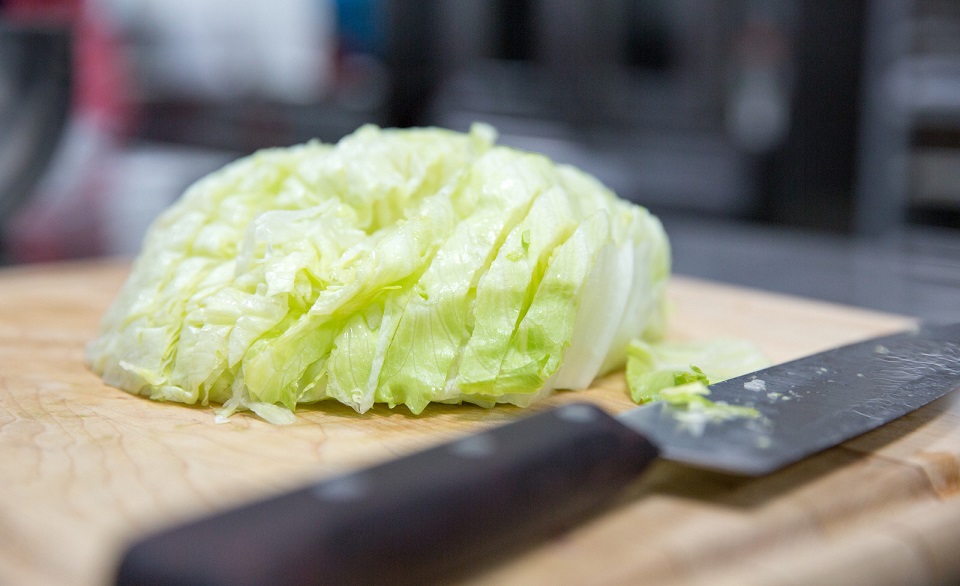Mitigation Strategies for Cross Contamination
Emily Kinateder2018-06-18T15:58:11+00:00In our last blog, we talked about cross contamination, including the related risks and sources. Our focus today will be on some of the major strategies that can be used to mitigate cross contamination in a foodservice operation.














